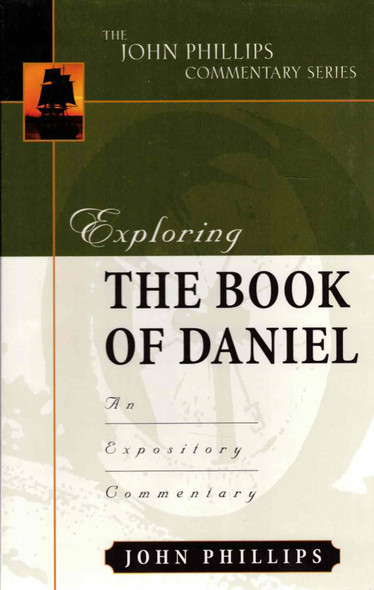Description
Since the 18th century and the birth of what is laughingly known as the Enlightenment, the Book of Daniel has been subjected to the fiercest criticism. It has gone on until today, when amongst modernist scholars and the self-styled ‘higher critics’, nothing is too disparaging to say about it. In short, the Book of Daniel stands today in such a bloodied, bruised and battered condition, that few would risk their academic careers and reputations by defending even the smallest part of it. Now why should this be? Is it because the archaeological record is set against any notion of authenticity for Daniel? Surely, the answer is no. We shall see that there is a great wealth of fine archaeological and documentary detail which positively shouts the authenticity of Daniel. Not that the public ever get to hear about it, of course. That would never do. But the critics and disparaging scholars know it’s there. It’s just that they tend to keep such information to themselves. The purpose of this present enquiry, therefore, is to bring such information and evidence out into the light of day. For example, the most laughed-at episode in the Book of Daniel is surely that ‘silly and utterly fictitious tale’ about Daniel’s three friends, Shadrach, Meshach, and Abednego. It is ridiculed at every level and on every side. What is kept from the public, though, is the fact that these individuals, far from being fictional, are actually named in the contemporary cuneiform sources, the records of that same Babylonian Empire into which they’d been exiled. Daniel himself appears twice in these records, and in all cases we are able to add considerably to our knowledge concerning their respective careers at Babylon. This authenticating evidence has been known and documented for a great many years now, yet barely a word of it has been allowed to reach the public. We shall, of course, be considering it here – openly!
Paperback, 72 pages
Published by the Creation Science Movement, Copyright 2012










